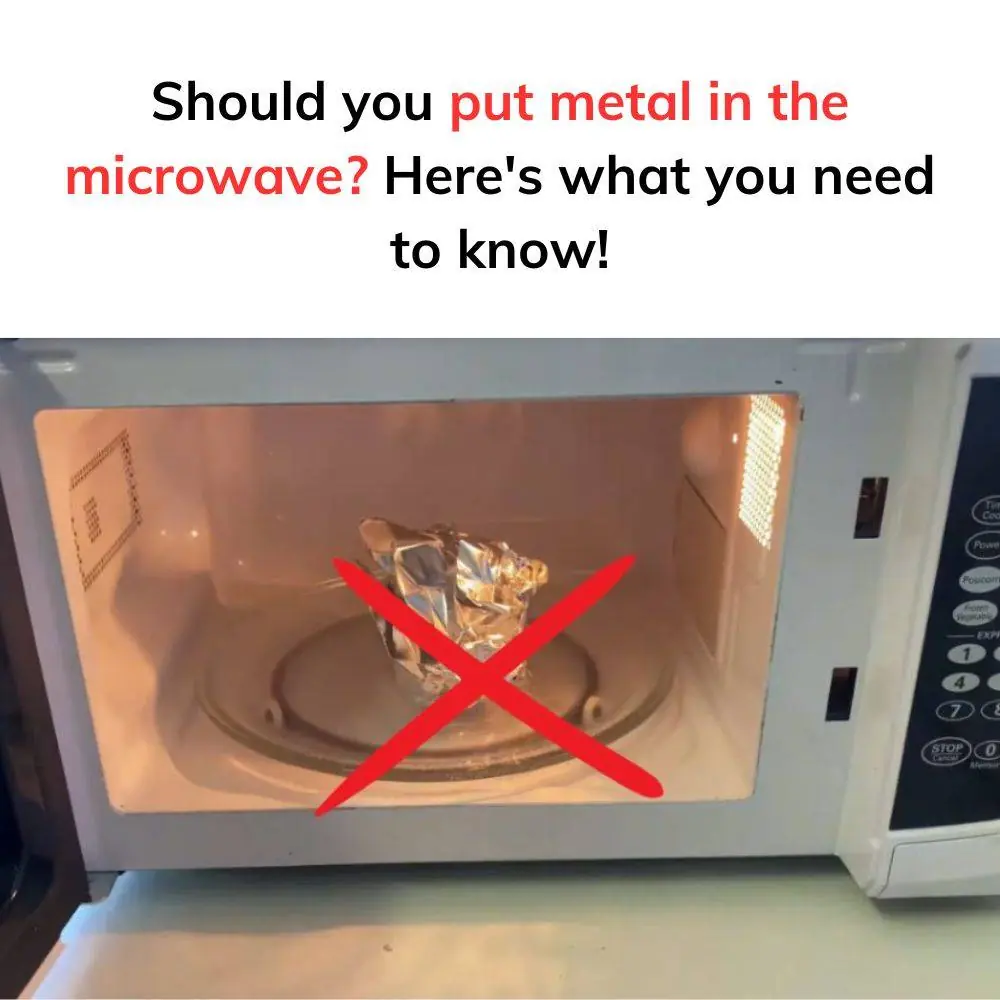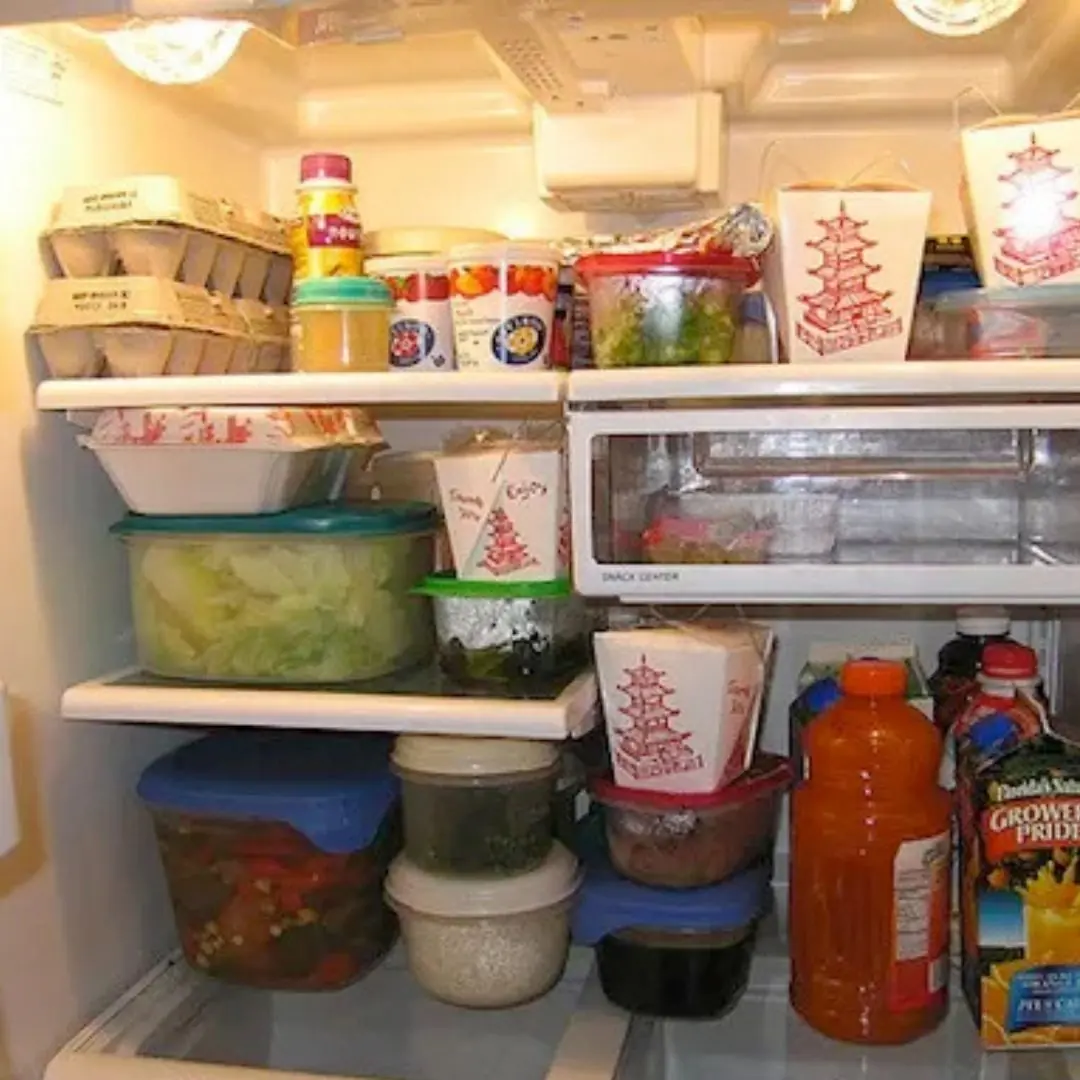
Should You Put Metal in the Microwave?
Should You Put Metal in the Microwave? Here's What You Need to Know
Microwaves have become a staple in modern kitchens, offering convenience and efficiency when it comes to heating food. However, there’s always been one golden rule: Never put metal in the microwave! But is this really true in all cases? Let’s dive into the facts and debunk some myths about using metal in microwaves.
Why Metal and Microwaves Don't Mix
When you microwave food, the appliance emits electromagnetic waves that cause water molecules in the food to vibrate and generate heat. Metal, however, reflects these waves rather than absorbing them, which can lead to several issues:
-
Arcing and Sparks
Thin or crumpled metal, like aluminum foil, can cause sparks or "arcing." This happens when the microwaves bounce off the metal’s uneven surface, potentially damaging the microwave or even causing a fire. -
Uneven Heating
Metal containers can block microwaves from reaching the food evenly. This results in hot and cold spots, which might leave your meal undercooked or even unsafe to eat. -
Fire Hazard
Objects like metal utensils or lids with sharp edges can cause heat to concentrate, creating a fire hazard.
Are There Any Exceptions?
While the general rule is to avoid metal, not all metal objects are strictly forbidden. Some modern microwaves are designed to accommodate specific types of metal objects:
-
Microwave-Safe Metal Racks
Some microwaves come with metal racks designed for multi-level cooking. These are coated and specially designed to be safe for microwave use. -
Smooth Metal Containers
Smooth, flat metal containers without sharp edges may not pose as much risk, but they are still not ideal for heating food due to uneven cooking. -
Foil Shields for Specific Uses
Small, flat pieces of aluminum foil can sometimes be used to shield parts of food from overcooking, but this must be done with extreme caution and according to the microwave’s user manual.
Best Practices for Microwave Safety
- Always read your microwave’s user manual to check for specific guidelines.
- Use microwave-safe containers, such as glass, ceramic, or BPA-free plastic.
- If you must use foil or metal, ensure it’s flat, small, and away from the walls of the microwave.
- Never leave the microwave unattended when heating items that might pose a risk.
The Verdict
In most cases, it’s better to err on the side of caution and avoid putting metal in the microwave. While some exceptions exist, the risks often outweigh the benefits. Stick to microwave-safe materials to ensure both your safety and the longevity of your appliance.
By following these tips, you can use your microwave worry-free and keep your kitchen safe from unexpected mishaps. Happy microwaving!
News in the same category


After Sneezing Several Times, I Noticed Something Strange in My Throat
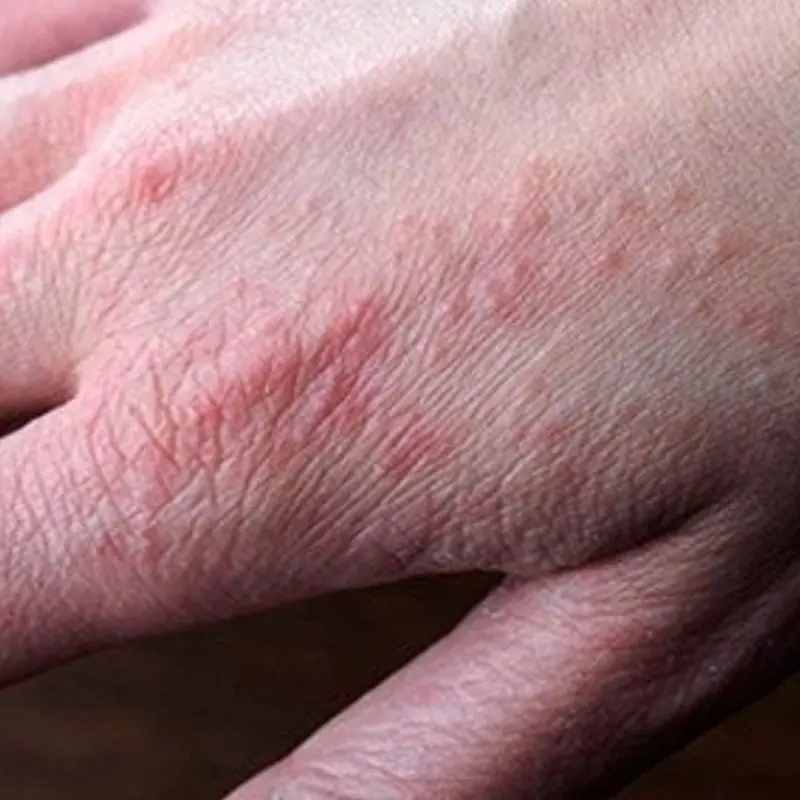
Doctors warn: if you have these tiny red dots on your arm or hand, do not ignore the warning signs

What Really Happens to Your Body If You Eat Sweet Potatoes for Breakfast Every Day

Over 200 People Are Ki.lled By The “World’s Deadliest Food” Every Year, But Almost 500 Million People Still Eat It

People Pour Buckets of Ice into the Toilet — The Result Leaves Everyone Stunned

20 years later, the surprising ending came back

Beware of 5 types of fruit that make you gain more weight than fatty meat

Optical illusion: What you see first reveals something important about your personality
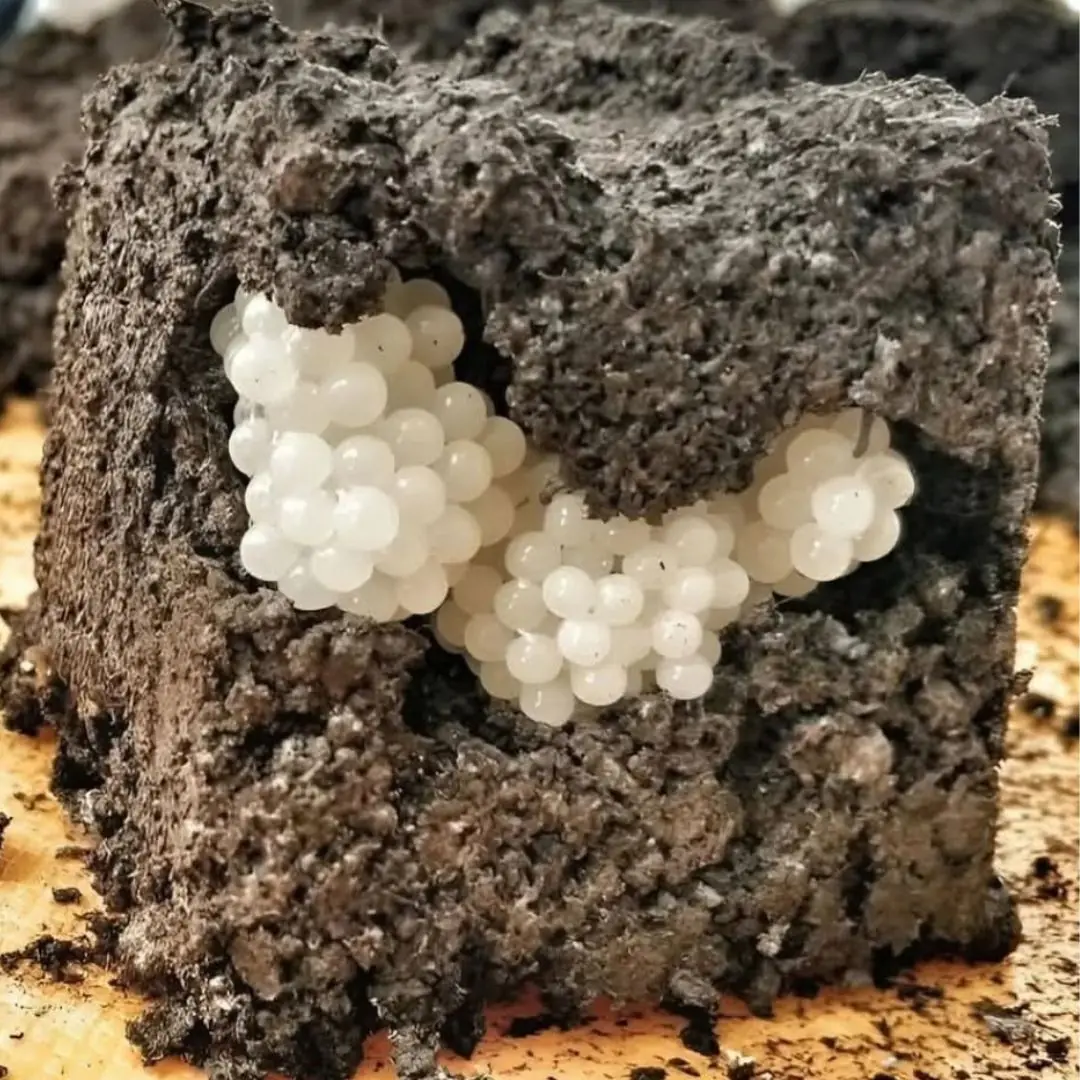
I found something strange in the yard – white, round balls: I was horrified when I realized what it was

How to Freeze Lemons for Maximum Health Benefits
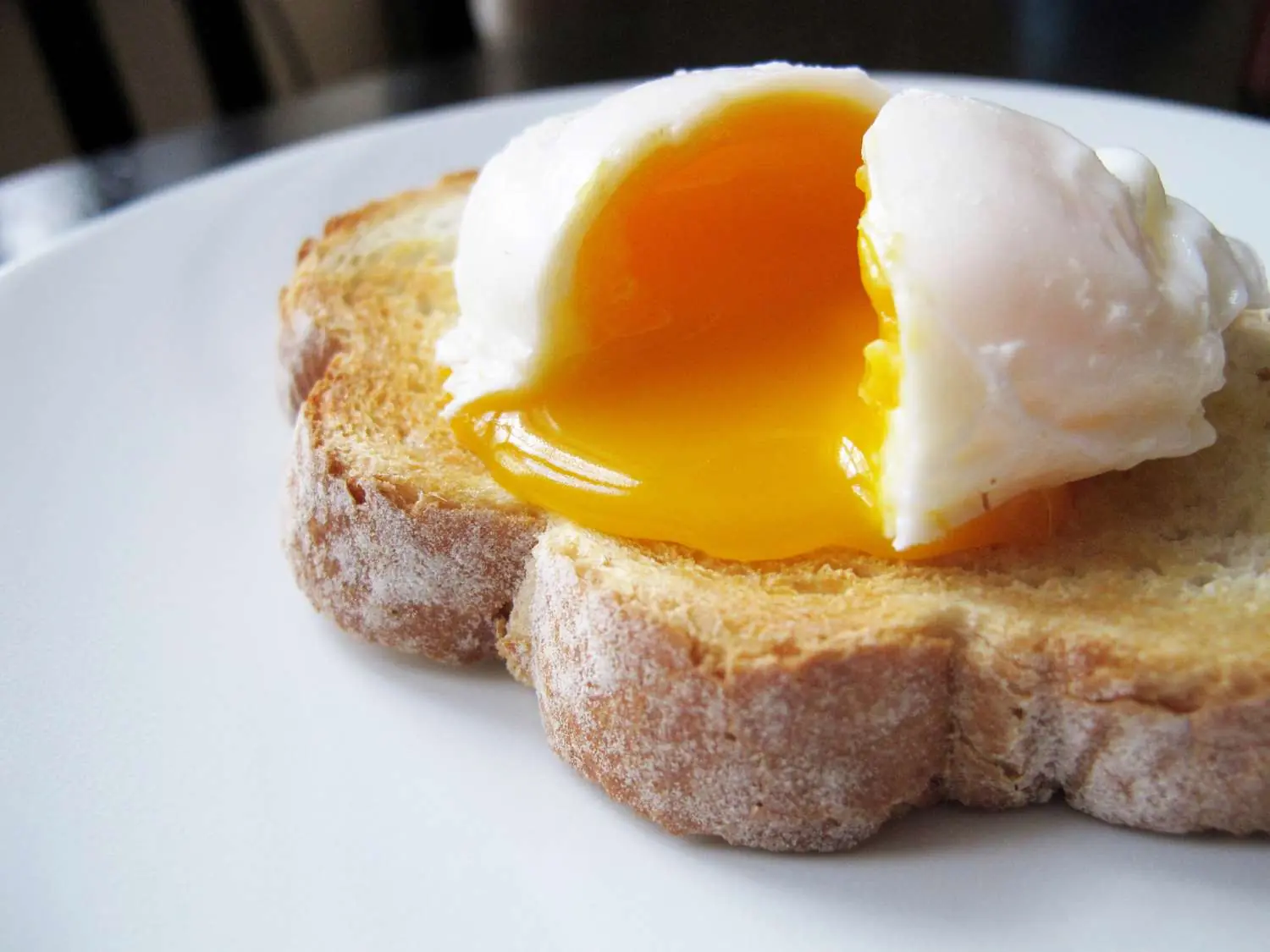
5 Common Mistakes People Make When Eating Eggs for Breakfast

3 Types of Fish Considered the “Best in the World”

The Golden Treasures of the Deep: Three Fish Revered as “Golden Soft-Gold Underwater”
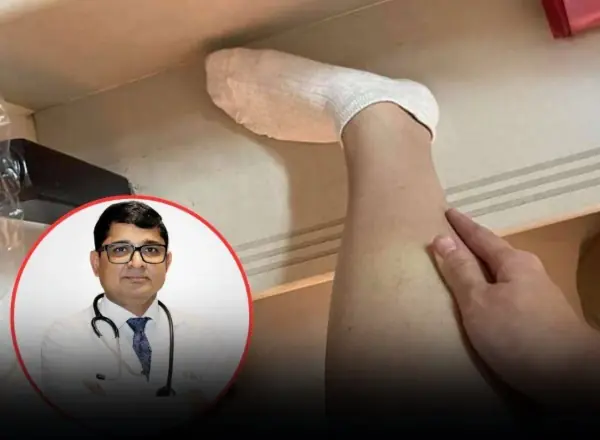
Beware of Diabetes If You Frequently Experience These 5 Strange Symptoms

Eat 6 things to help women detoxify their ovaries and prevent gynecological diseases
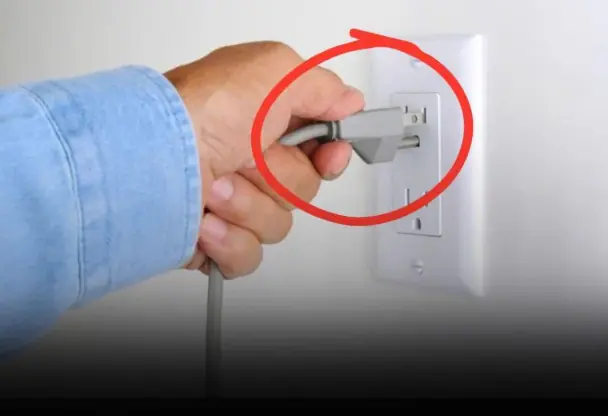
4 Power-Hungry ‘Electricity Monsters’ in Your Home—Most People Are Shocked by How True This Is
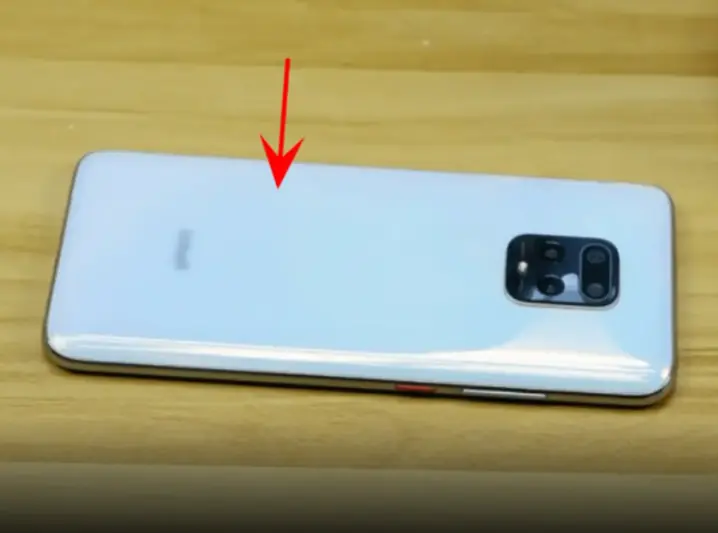
All sm.art people do that

When bitten by a snake, you should do these things first

Why You Might Feel a Light Electric Sho.ck When You Touch Someone
News Post

Coconut water is good for health but the following 5 groups of people absolutely should not drink it

Why does the refrigerator compartment have a light but the freezer compartment doesn't?

6 Alarming Effects of Sleeping Less Than 7 Hours a Night, According to Recent Studies

If you know what this is, you had a very wild chilhood

After Sneezing Several Times, I Noticed Something Strange in My Throat

Doctors warn: if you have these tiny red dots on your arm or hand, do not ignore the warning signs

What Really Happens to Your Body If You Eat Sweet Potatoes for Breakfast Every Day

Over 200 People Are Ki.lled By The “World’s Deadliest Food” Every Year, But Almost 500 Million People Still Eat It

People Pour Buckets of Ice into the Toilet — The Result Leaves Everyone Stunned

A Nutritious Dish That Helps Ease Rheumatoid Arthritis and Can Be Cooked in Many Delicious Ways

What Animal You See First Will Reveal Your Anger Trigger

I Pulled This Baby Out Of A Burning House—And Then Found Out His Parents Left Him Behind

Kind people gave a homeless woman an old trailer!

The Birthday That Turned Into A Family Secret None Of Us Expected

20 years later, the surprising ending came back

Beware of 5 types of fruit that make you gain more weight than fatty meat

Be careful when planting these plant
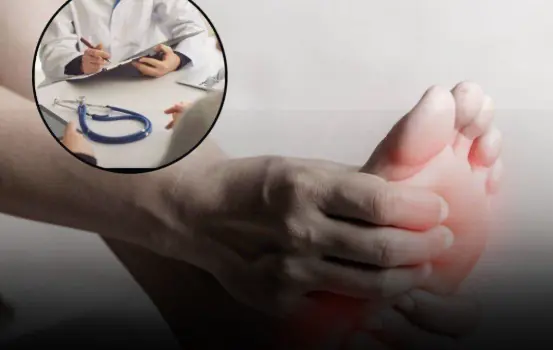
Beware Of Diabetes If You Frequently Experience These 5 Strange Symptoms

Eggplant is the king of vegetables but not everyone can eat it

